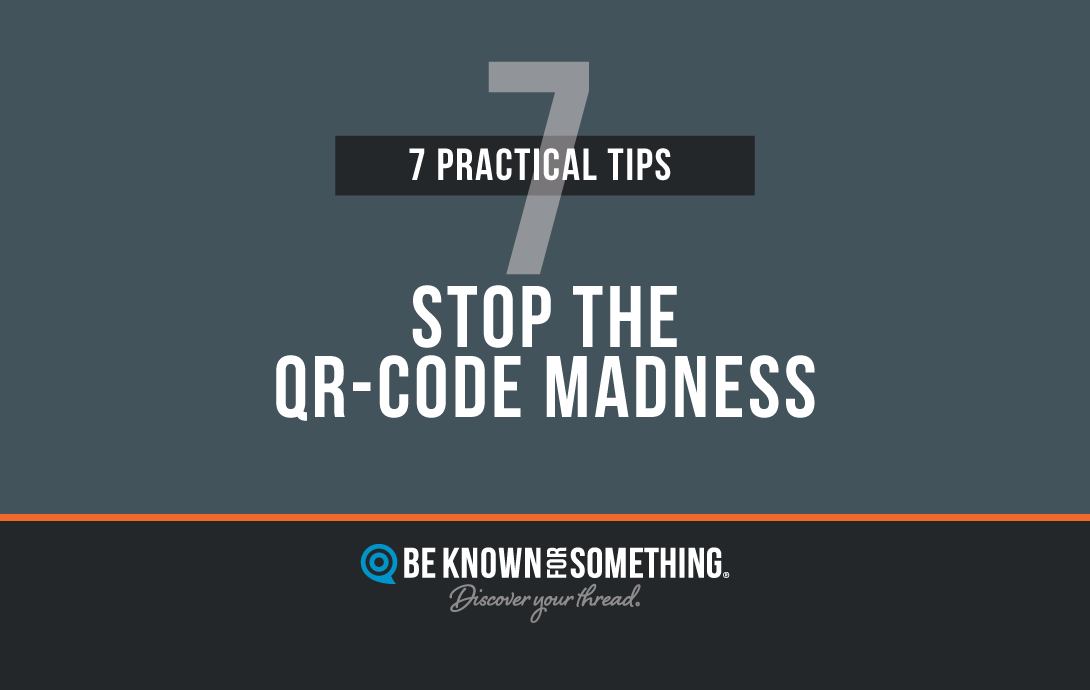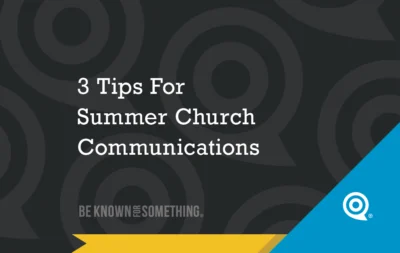
Church SEO: Branding Terms Defined
Everyone likes to be found: that’s why Church SEO is important. Especially being found on Google (or Yahoo, Bing, etc.)

QR codes first appeared in 1994. These pixelated grids were free-to-create and a convenient-to-use system to take someone to a webpage without requiring a lot of typing. But originally, they required a special QR code reader or app. That was a problem. So, as a solution, mobile devices allowed their cameras to recognize the QR-Code, become a reader, and then redirect to its URL.
However, the popularity of the QR-Code waned. It wasn’t until print materials were restricted during the pandemic that people reluctantly saw the convenience of these QR codes. Many got used to them.
Now, post-pandemic, many churches and organizations continue to use QR codes. But many churches are using them improperly or ineffectively and I’m hearing complaints. Here are 7 practical QR-Code tips for a church (so your congregation doesn’t feel bombarded by QR-Codes):


Everyone likes to be found: that’s why Church SEO is important. Especially being found on Google (or Yahoo, Bing, etc.)

When I’ve taught Sunday School classes, I’m always amazed how attendance fluctuated very little each week yet we had different

Church Rebranding, it’s all the rage. And it’s a great trend. In fact, if you haven’t branded or rebranded in
Discover your thread®. Be Known for Something® relevant and needed. Pastor, control your church brand and be heard again.
– Discover Your Audience
– Build Your Brand
– Communicate & Be Heard
Communicate so your congregation & community pays attention to your website, social media, & email!
We'll never spam you. Unsubscribe anytime.
